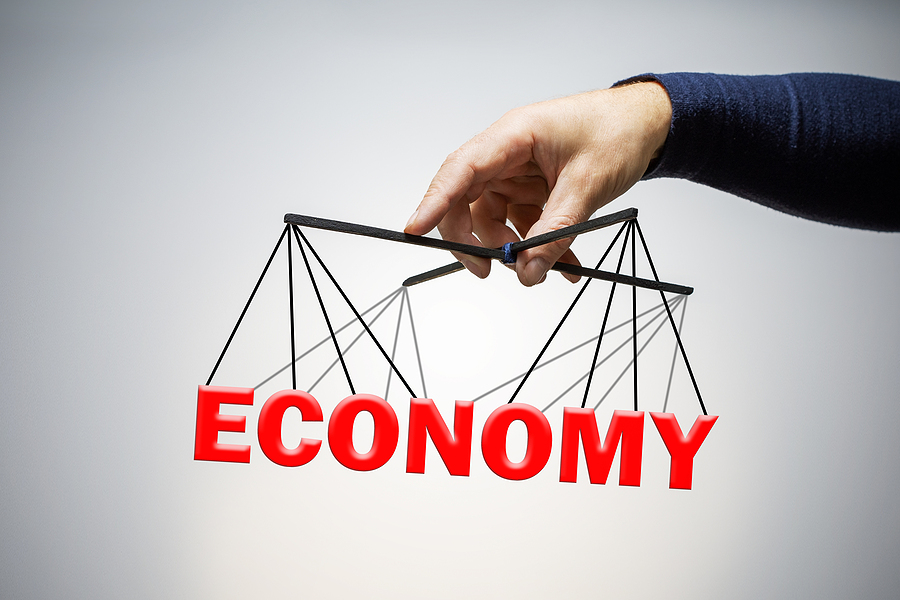Australia is staring down the barrel of lacklustre economic growth throughout this year and next.
New figures point to below-trend growth that’s now tipped to drag into early 2024.
The monthly level of the leading index as assembled by Westpac and the Melbourne Institute fell from 97.30 in March to 97.27 in April.
The growth rate has been largely unchanged across the index for the past six months and sunk 0.78 per cent in April.
Westpac senior economist Matthew Hassan said this was the ninth month in a row the index signalled an upcoming patch of lower economic activity relative to trend.
“Westpac expects growth of just one per cent in 2023 with this lacklustre performance continuing in 2024 which is expected to show only a slight lift to 1.5 per cent,” he said.
Mr Hassan said the forecasts were slightly below the Reserve Bank’s own – 1.2 per cent in 2023 and 1.7 per cent in 2024 – but under both scenarios, activity was expected to contract on a per-person basis.
Five of the eight components contributed to the weak leading index score, with dwelling approvals only falling slightly over the month but were down 22 per cent compared to six months ago.
Falling commodity prices also weighed heavily on the index and expectations for unemployment also edged higher, particularly in Tasmania, Queensland and NSW.
Other indicators, such as the Australian share market, pushed the index up but Mr Hassan said these momentum shifts were more about the absence of further weakening rather than an improvement.
A separate index that measures spending suggests spending on nice-to-haves picked up a little after the Reserve Bank opted to keep interest rates on hold in April.
Visa’s spending momentum index jumped 6.1 points to hit 99.7 in April, with spending lifting across both discretionary and non-discretionary goods and services.
Discretionary spending jumped 5.1 points and non-discretionary improved by 2.6 points.
The index has been charting a shift towards must-haves as households tighten their belts in response to higher interest rates and cost of living, with essential spending recording a “steady and sustained acceleration”.
The results also suggested consumers responded to the first interest rate pause in months by splashing out on non-essentials.
Poppy Johnston
(Australian Associated Press)





